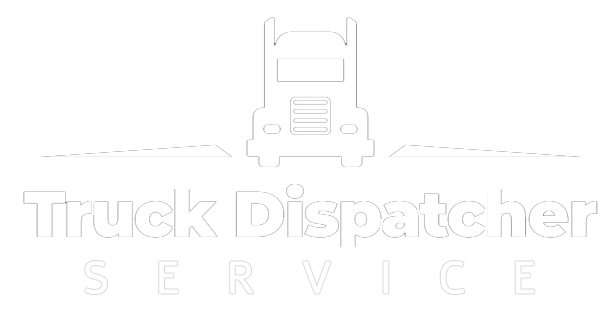Types of Commercial Driver’s License (CDL)
Jun 4th, 2018
Not all driver’s licenses are equal, particularly when it comes to the Commercial Driver’s License, or CDL. There are three levels of CDL. Each one reflects a different weight and purpose of commercial vehicle. However, there are some vehicles that are exempt from CDL requirements, and still other vehicles that will have specialty endorsements included on the CDL. That sounds complicated, but it’s not so hard to understand once the CDL classes are broken down:
Class A CDL
If the combined weight of the vehicle you drive and the trailer you tow is more than 26,000 pounds, you will need a Class A CDL if the trailer comprises more than 10,000 pounds of that total weight. In other words, if you are towing more than 10,000 pounds of freight, you will need a Class A CDL. Vehicles that require a Class A CDL include semi-trucks hauling more than 10,000 pounds.
Class B CDL
If the combined weight of the vehicle you drive and the trailer you tow is 26,000 pounds but the trailer (or loading area) comprises less than 10,000 pounds of that total weight when fully loaded, you will need a Class B CDL. Vehicles that require a Class B CDL include tow trucks, garbage trucks, cement mixers, water tanks, dump trucks, fire trucks and large buses that meet the weight requirements.
Class C CDL
A Class C CDL is required for commercial vehicles that do not satisfy the weight requirements of Class A or Class B CDLs but are intended to carry more than 16 people (including the driver) or to haul hazardous materials. Vehicles that require a Class C CDL include small buses, large passenger vans and limousines.
License Endorsements for Six Specific Vehicles
There are six specific types of vehicles that require license endorsements, which say that the license holder is certified to operate that kind of vehicle. These six vehicles are school buses, tank vehicles, passenger vehicles, vehicles with multiple trailers, vehicles with hazardous materials and tank vehicles with hazardous materials.
Vehicles Exempt From CDL Requirements
There are some vehicles whose weight or other characteristics would seemingly require the driver to have a CDL, but are actually exempt from CDL requirements. These exemptions may vary from state to state, but these vehicles commonly include farm equipment (provided that they are used within 150 miles of the farm, measured in air miles), fire trucks, law enforcement vehicles, other authorized emergency vehicles, recreational vehicles, military vehicles and vehicles with air brakes that do not otherwise meet the requirements of any CDL class.
How to Get a CDL
Depending on your state, you do not necessarily need to take a class or have other formal training to get a CDL, but you will need to take a test. If you decide not to sign up for a class to get CDL training, you will need to teach yourself using a CDL manual. Each state publishes its own manual, so be sure to get the manual from your state of residence.
Next, you’ll need to get a Commercial Learner’s Permit (CLP). This will allow you to drive commercial vehicles as long as someone with a valid CDL is in the passenger seat to coach you along. To get a CLP, you’ll need to pass a written knowledge test, provide proof that no physical/medical ailments prevent you from driving safely and have your driving record screened on a national level. You’ll need to pay a fee to get your CLP. In many cases you will also need to have a Department of Transportation (DOT) medical card. Check your state’s specific CDL requirements to see if you need to bring any additional paperwork or identification with you in order to obtain your CLP.
Once you have had your CLP for at least 14 days, you are ready to try for your CDL. Be sure to have completed CDL training by now if your state requires it. There are three elements that comprise the CDL Skills Test: the Vehicle Inspection Test, the Basic Controls Test and the Road Test. You will need to pass all three sections to get your CDL. If all goes well, you could get your CDL that same day. Otherwise it will be processed and mailed to you at a later date.
Due to the high demand for drivers in the trucking industry, if you have a CDL you should have an easy time finding a plethora of job openings, including in diesel tech jobs. Even if you are not sure that a career in truck driving is for you, having a CDL can open up a lot of opportunities in other fields. You would be surprised how often being a licensed commercial driver comes in handy and sets you apart from the crowd. The knowledge you will gain is highly useful, so if you are on the fence, go ahead and get a copy of your state’s CDL manual and see what’s in store.

